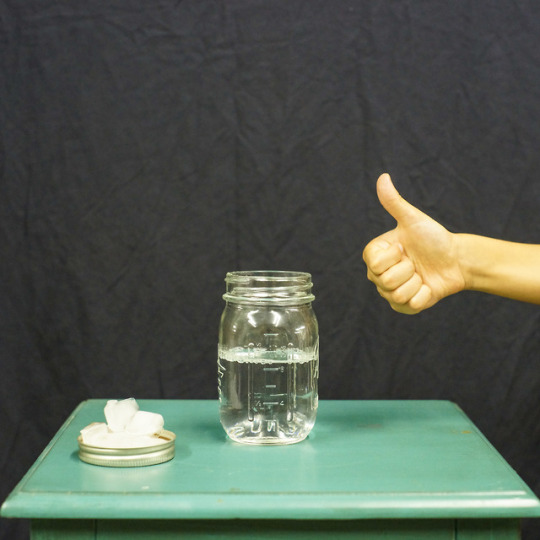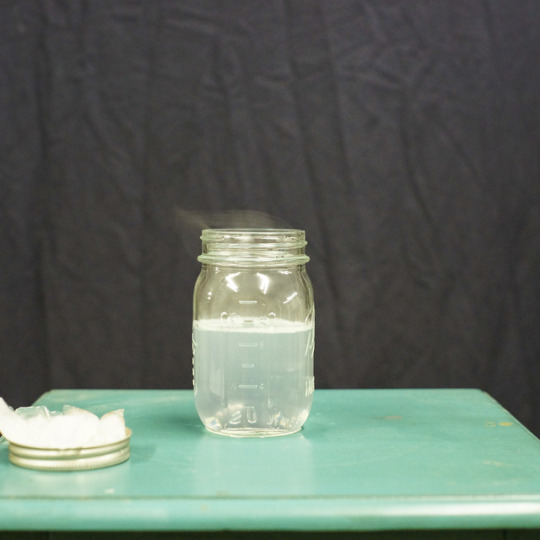Are you the kind of person who always has their head in the clouds? Come back down to earth, but bring the clouds with you. With just a few household items, you’ll get to see clouds form right in front of you!
Here’s What You Need:
- A glass jar with a lid
- Hot (almost boiling) water
- Ice
- Aerosol hairspray
Here’s What To Do:
- Fill your jar about 1/3 full with hot water.
- Place the lid upside-down on top of the jar.
- Fill the lid with as many ice cubes as will fit.
- Let the jar sit for about 10 seconds.
- Quickly, lift the lid and spray some hairspray into the jar.
- Place the lid with ice back on top of the jar.
- Watch as a cloud forms above the water!
For step-by-step visuals, check out this quick animation!
Here’s How It Works:
Clouds are formed when water vapor (the gaseous form of water) condenses (turns from a gas into a liquid) into very small, visible droplets. The water vapor condenses onto other particles in the air, like dust or smoke. In the jar, the hot water gives off water vapor that cools when it reaches the ice on the top of the jar. By spraying hairspray in the jar, we give the water vapor particles to condense onto. The water vapor condenses into tiny droplets that we see as a miniature cloud.
Go outside and take a look at the clouds. How do they compare to the cloud you saw in your jar? What is the same? What is different?


Fun Fact:
Clouds are actually quite heavy. Those white, fluffy clouds that look weightless as they float through the air can contain millions, billions, or even trillions of pounds of water! Clouds float because they are not as dense or heavy as the dry air beneath them. It’s similar to the way that oil floats on water.
Blog post by Eddie Phillips.
Learn more in Nature Lab!
